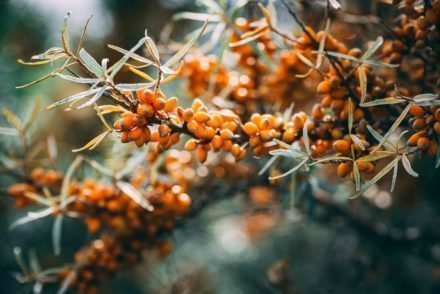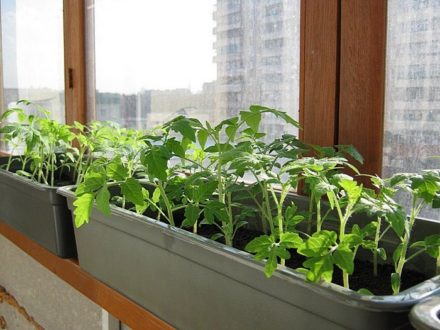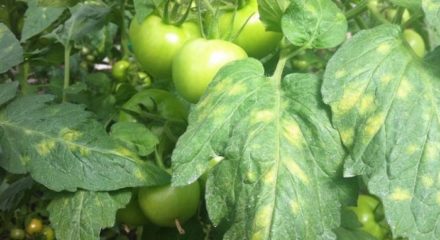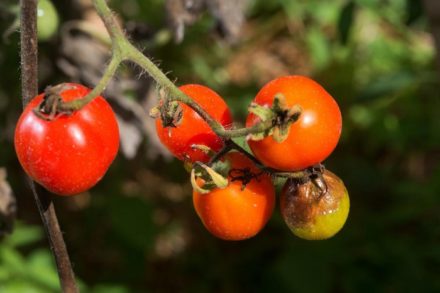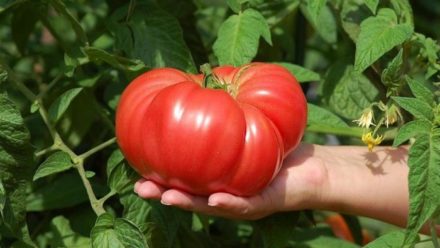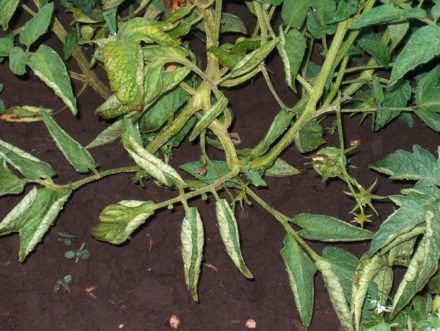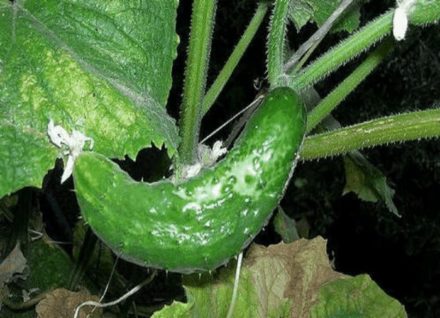Stolbur or tomato phytoplasmosis is a disease caused by phytoplasma that parasitizes inside plant cells. Other crops of the nightshade family are also susceptible to this disease. An outbreak of stolbur usually occurs in July, and the disease has an incubation period of 30 days. If measures to combat phytoplasmosis are not taken in time, most of the crop will be lost.
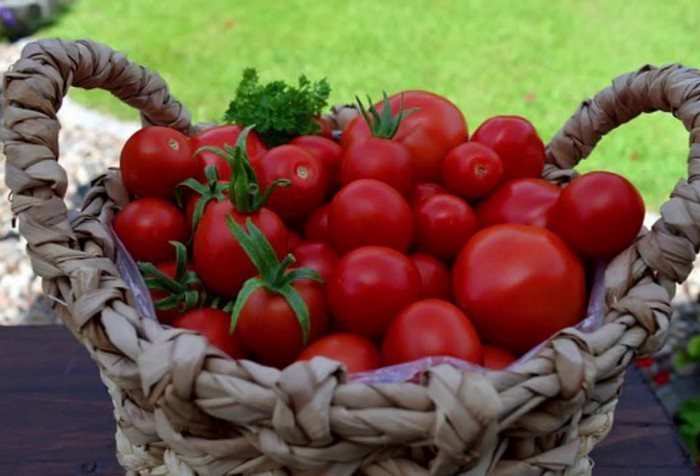
Symptoms of the disease
Phytoplasma is carried onto tomatoes by harmful insects. The intermediate reservoir of the microorganism is many weeds, including plantain and bindweed. Together with their juices, pests absorb phytoplasma and later transfer it to grown tomato bushes. Symptoms appear on the plant after 20–30 days. External examination of tomatoes affected by stolbur reveals the following signs:
- yellowing, curling and drying of leaves;
- deformation of flowers (petals may grow together and turn purple);
- underdevelopment of pistils and stamens.
The ovaries do not develop from the affected flowers, so fruiting may not occur at all. At later stages of infection, fruits are formed, but their quality deteriorates. The shape of tomatoes changes. The pulp becomes hard and a large number of white fibers appear in it. Sick fruits are not eaten due to loss of taste. If you dig up a tomato bush affected by stolbur, you will see that its roots have become brown and cracked.
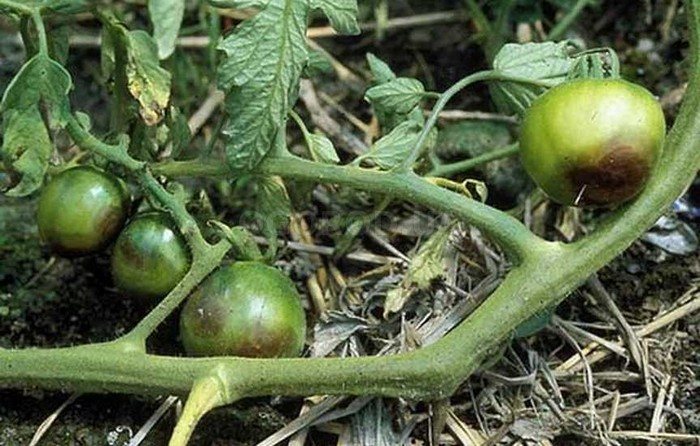
Measures necessary to save the harvest
Once the tomatoes have already shown signs of disease, it is impossible to cure them. Such bushes are dug up and burned as quickly as possible so that the infection does not spread to neighboring plants. The remaining specimens are treated with Fitoplasmin or Fitolavin. At the early (latent) stage of the disease, both drugs are able to suppress the development of phytoplasma. It will take 3–5 treatments.
The main control measures should be aimed at preventing the disease. First of all, it is necessary to combat the spread of harmful insects (cycads, bedbugs).
Application of insecticides
Until the tomatoes have entered the fruiting phase, they can be treated with chemicals. The following have proven effective in the fight against carriers of phytoplasmosis:
- "Confidor";
- "Aktellik";
- "Sirocco";
- "Inta-vir";
- "Aktara".
Each insecticide is used in accordance with the instructions. Tomatoes should be processed for the first time at the beginning of summer, shortly after planting the seedlings in a permanent place. The number of main carriers of phytoplasmosis (leafhoppers) in nature varies.
A massive pest invasion occurs once every few years. In such years, tomatoes are treated with insecticides every 2 weeks. It is easier to control leafhoppers in a greenhouse; you can limit their access using a fine mesh net. In closed ground, insecticides are used in lower concentrations.
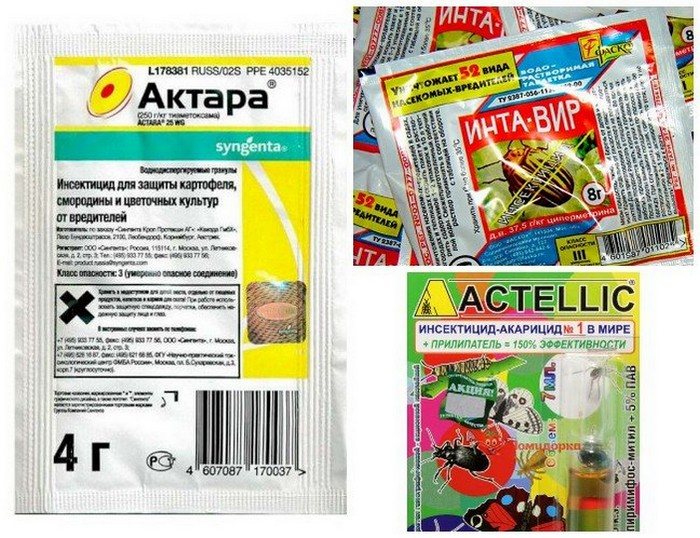
Use of folk remedies
Folk remedies are used to prevent stolbur. Caustic infusions and solutions repel pests, preventing them from attacking tomatoes.The most popular means:
- Garlic infusion. It is prepared from 5 heads of garlic in a bucket of water. The cloves are cleaned, crushed and thrown into the liquid. Before use, the composition should sit for 5–6 hours.
- A solution of tar or green soap. To prepare the composition you will need 100 g of soap shavings per bucket of water.
- Infusion of tobacco dust. A glass of tobacco is crushed and poured into a bucket of water. The composition must sit for at least 3-4 hours before use.
Each of these products is applied to tomato leaves by spraying. The procedure is carried out in cloudy weather or early in the morning, while the sun is inactive. If it rains shortly after treatment, it must be repeated to resume the protective effect. Spraying is repeated periodically. Folk remedies can be alternated and used quite often; they do not harm plants or crops.
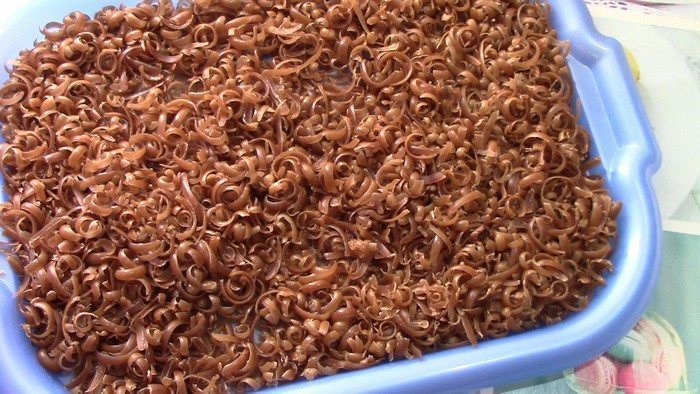
Preventive actions
It is recommended to plant marigolds, marigolds and garlic along the perimeter of the tomato bed. The essential oils released by these plants repel pests. To protect open ground plantings from weeds, which are natural reservoirs of phytoplasmosis pathogens, spraying with the herbicide “Stomp” is carried out.
The tomatoes themselves and the soil under them immediately after planting are treated with the drug “Farmayod” (3 ml per 10 liters of water). Tall plants planted along the edge of the ridge - amaranth, Jerusalem artichoke, sunflower, corn - will help make it difficult for pests to access tomato bushes. With the beginning of summer, you can protect tomato plantings from leafhoppers with lutrasil by stretching it over arches.
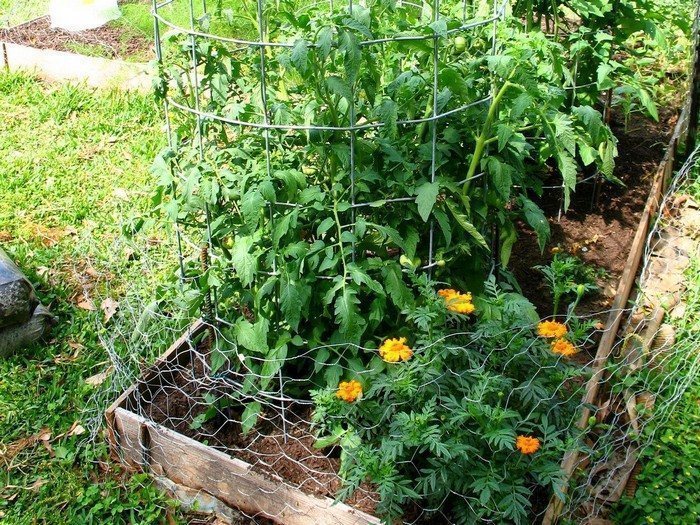
The fight against such a harmful disease as stolbur is carried out not only in the summer, but also at other times of the year.After harvesting in the fall, you need to clear the ridge of plant debris, then dig up the ground to a depth of 25 cm and carefully select the roots of the weeds. The greenhouse is cleaned and disinfected. This activity can be performed either in the fall or in the spring. The crop of early tomatoes is not affected by stolbur (due to the short growing season), which is worth taking into account.


